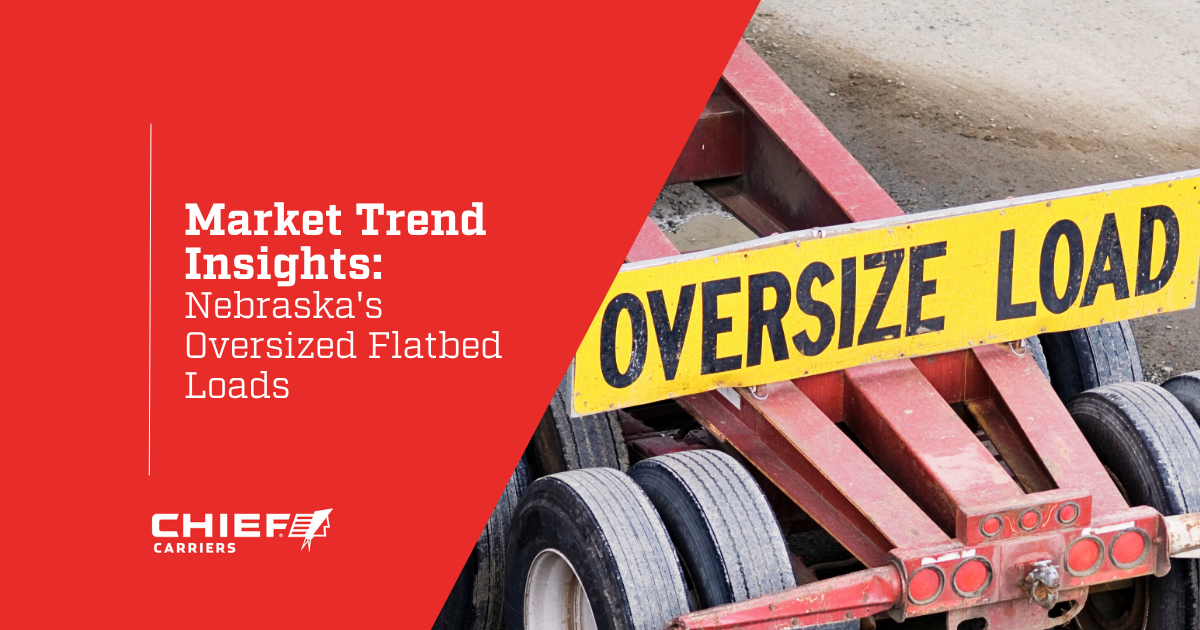How Oversized Flatbed Loads in Nebraska are Impacting Current Trucking Industry Trends
Nebraska is experiencing a significant surge in demand for oversized flatbed loads, a trend that is profoundly reshaping the trucking industry’s forecast. From the vast agricultural machinery crossing its plains to the towering components of renewable energy projects, flatbed transportation is a critical link in the national supply chain. These oversized cargo shipments present unique logistical challenges and significantly influence shipping trends and flatbed rates.
Chief Carriers, a recognized leader in flatbed trucking, has extensive experience in transporting these specialized loads across Nebraska. Our market analysis will explore how these specialized movements are shaping the current trucking industry forecast and influencing key factors such as shipping trends and freight rates.
While reefer van, even standard flatbed loads, seem to be flat and struggling, there’s actually one segment of the industry that’s kind of bucking those trends, and that’s oversized and heavy-haul freight.
-Andrew Winkler, General Manager of Chief Carriers
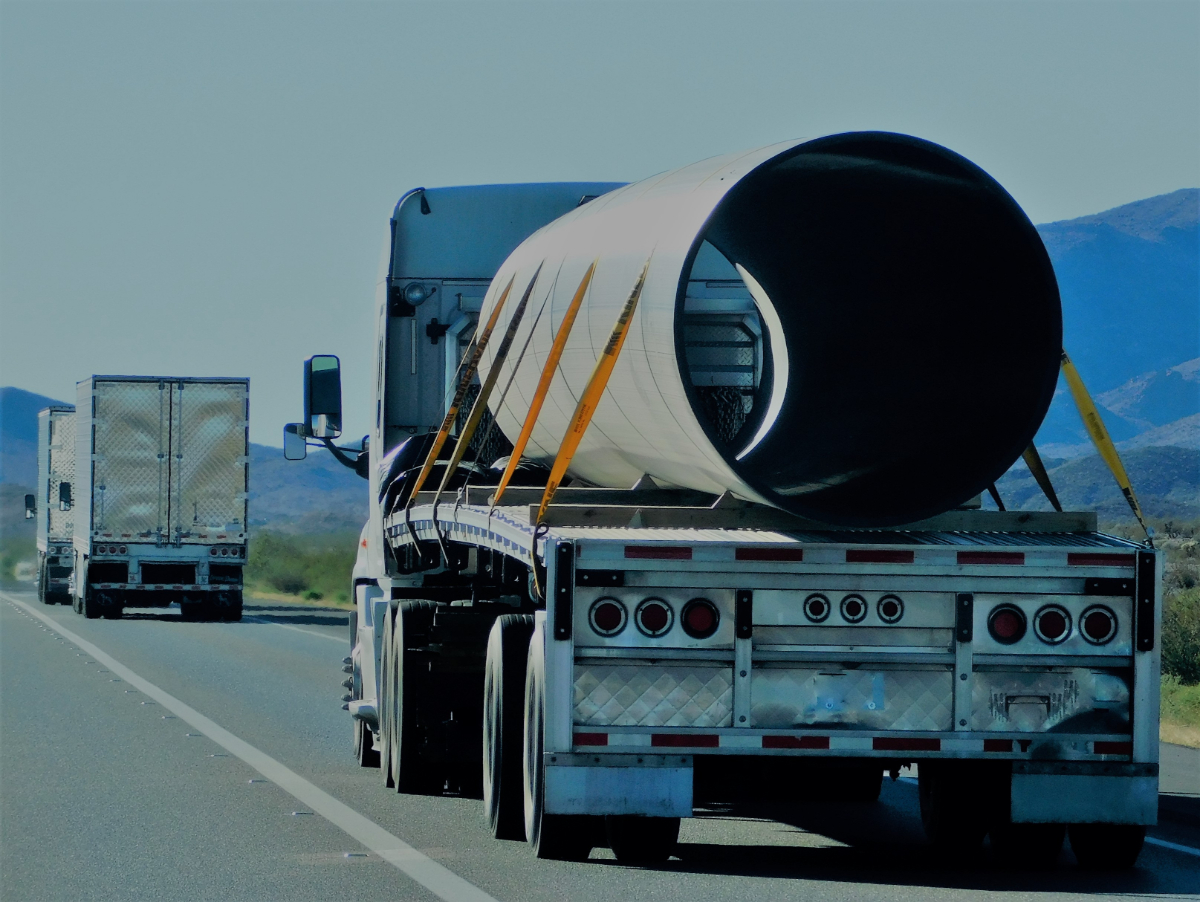
Understanding Oversized Flatbed Loads and Their Unique Challenges
An oversized flatbed load is any cargo that exceeds the standard legal dimensions or weight limits for transportation on public roads. These limits vary by state and are typically defined by width, height, and weight. Cargo that exceeds the following common dimensions or weight is often considered oversized:
- Width over 8 feet 6 inches
- Height over 14 feet 6 inches
- Length over 53 feet for a semi-trailer and load
- Weight over 80,000 lbs gross
These dimensions and weight considerations require specialized equipment and meticulous planning. Flatbed trucks are essential for these types of loads. The open design of flatbed trailers allows for the transportation of cargo that cannot fit into enclosed trailers because of dimensions, shape, or the requirement for top or side loading.
Nebraska’s Role in the Oversized Flatbed Market
Nebraska plays a pivotal role in the oversized flatbed market due to its geographical significance and prominent industries.
Geographical Significance: The I-80 Corridor
The state’s central Midwest location and the strategic I-80 corridor that runs through it make it a crucial transit point for oversized flatbed loads traveling across the country. This arterial highway provides direct access for heavy-haul shipments, connecting the East and West coasts, as well as routes to the North and South.

Prominent Industries Requiring Specialized Transport
Nebraska’s economic backbone is deeply rooted in agriculture, construction, and energy. These industries inherently generate a significant volume of oversized flatbed loads and have unique shipping needs for their cargo.
- Agriculture: Nebraska is a powerhouse of agricultural production, and this translates to a constant need for transporting large farm equipment and machinery, such as combines, tractors, and irrigation systems.
- Construction: The ongoing development of infrastructure, commercial buildings, and residential areas drives demand for moving heavy construction machinery, pre-fabricated building materials, and structural components.
- Energy: With a growing focus on renewable energy, Nebraska is experiencing a substantial movement of wind turbine components (blades, towers, and nacelles), as well as industrial equipment for power plants and other large energy-related infrastructure.
Just driving in today to the studio, I felt like the amount of construction projects in Nebraska, whether it be on the interstate or the inner cities, is still going crazy.
-Andrew Winkler
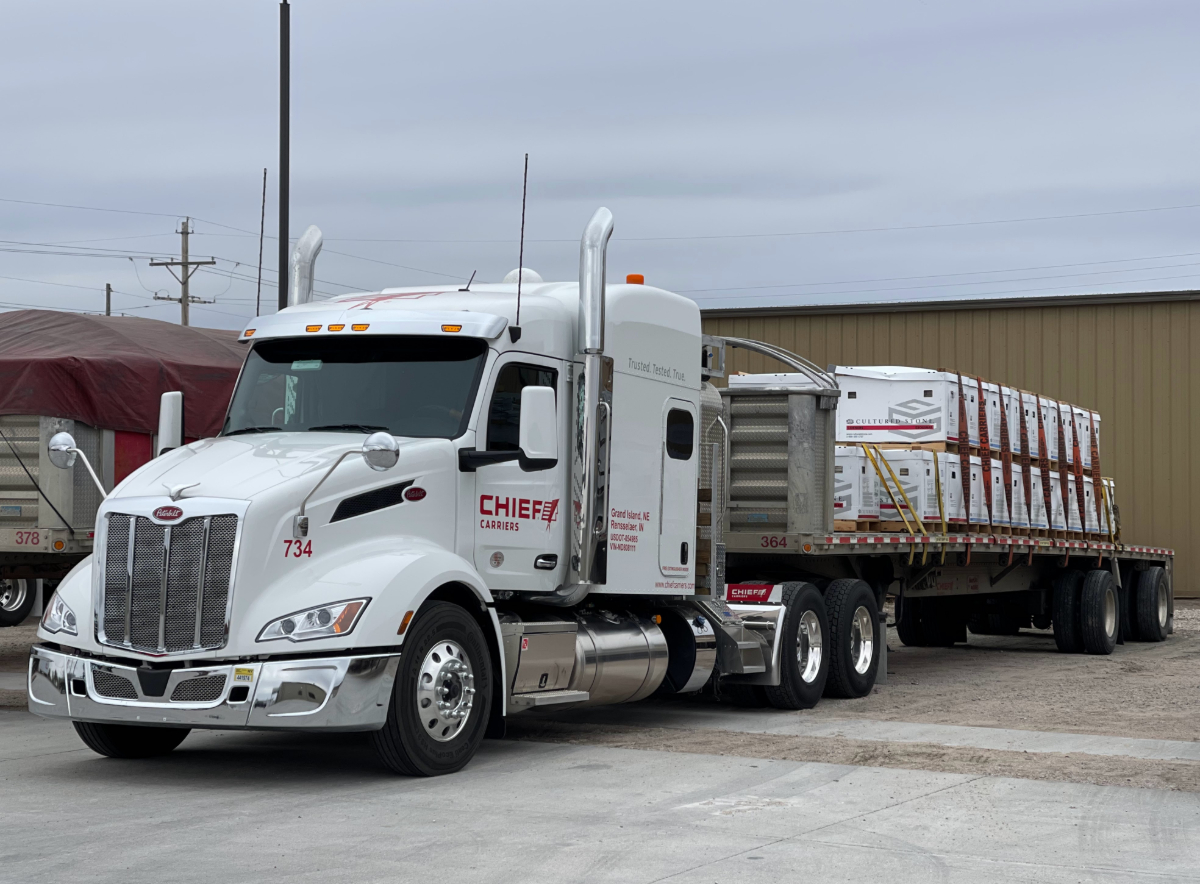
How Oversized Flatbed Transport Shapes Nebraska Trucking Trends
Nebraska has seen an increase in oversized cargo loads, particularly due to companies that manufacture products with large dimensions. This has contributed to specific Nebraska trucking trends related to oversized flatbed transport.
Growth in Specialized Carriers
The increasing volume of oversized cargo loads has led to the growth of specialized carriers in Nebraska, dedicated to heavy-haul operations. These carriers possess the necessary permits, equipment, and highly trained drivers to handle complex logistics.
[Oversized load transport] is such a small segment of the industry, and it’s so specialized that when the need arises to move big things across the country, there’s really only a handful of carriers that are equipped to do that.
-Andrew Winkler
RELATED: Flatbed Load Securement: Ensuring Safety and Compliance
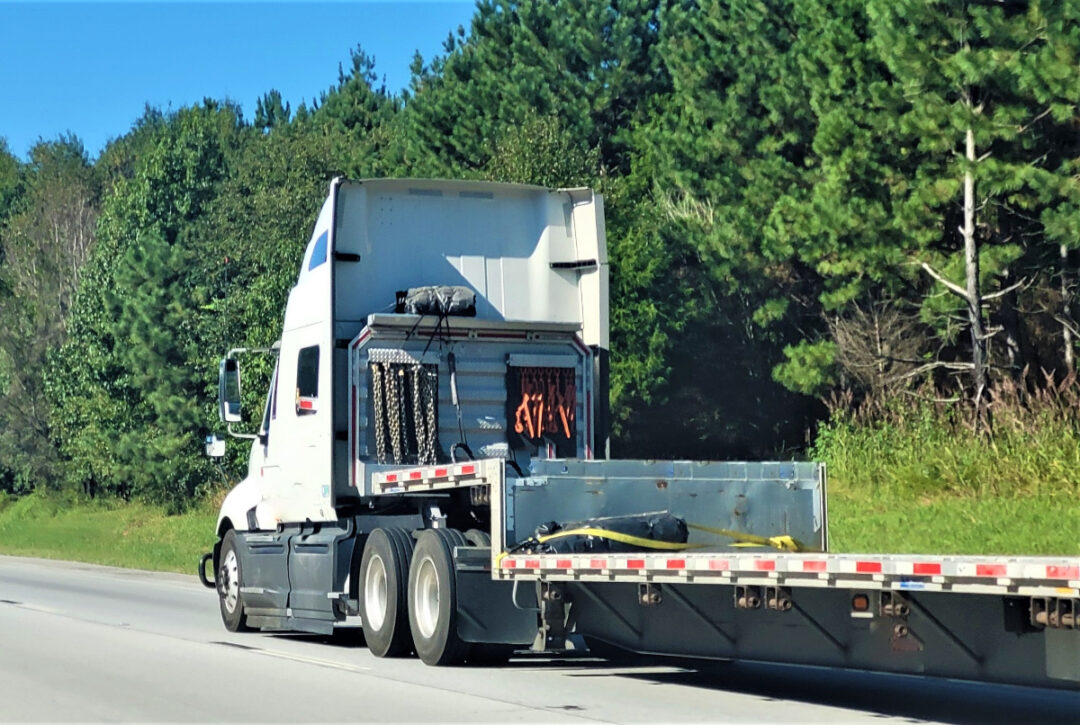
Investment in Specialized Equipment
In response to the demand for moving oversized flatbed loads, carriers are investing heavily in specialized equipment, underscoring their long-term commitment to the oversized freight sector. This equipment includes:
- Removable Gooseneck (RGN) trailers, which allow for front-loading of equipment
- Step deck trailers, offering lower deck height for taller cargo
- Stretch trailers, which can extend to accommodate extremely long components.
Local and National Impact of Nebraska’s Heavy Haul Demands
The consistent heavy haul demands originating from and moving through Nebraska have a ripple effect. It supports a specialized local workforce and ancillary industries that are well-positioned to respond to the needs of oversized cargo shipping.
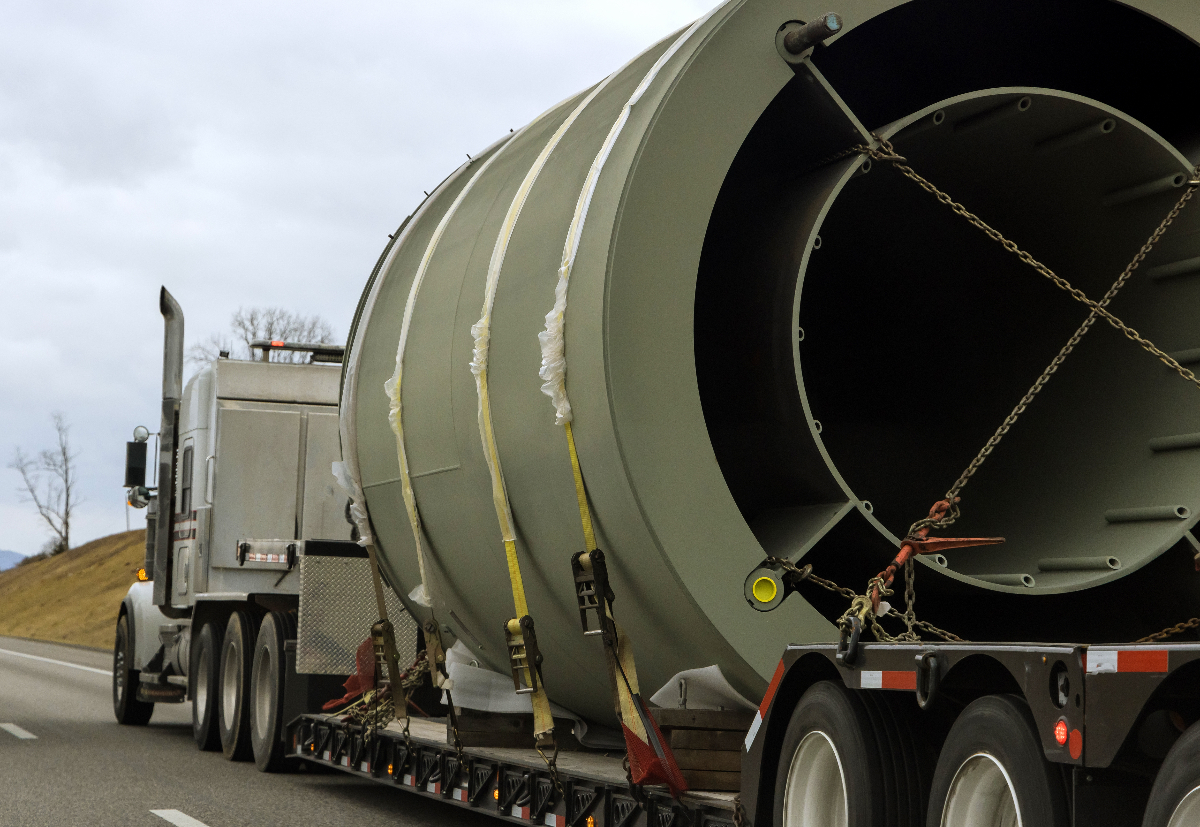
Broader Impact on Trucking Industry Trends and Freight Rates
The movement of oversized flatbed loads is a significant factor in shaping the broader trucking industry forecast.
- Demand for Specialized Drivers: The specialized training, certifications, permitting, route restrictions, and safety protocols required for transporting oversized flatbed loads create a high demand for skilled heavy-haul drivers, thereby exacerbating the ongoing driver shortage in the trucking industry.
- Demand for Specialized Equipment: The need for specialized equipment, such as RGNs and step decks, puts pressure on manufacturing and maintenance, influencing equipment availability and costs.
- Trucking Logistics Complexity: The inherently complex nature of oversized flatbed loads, with their permitting, escort requirements, and restricted travel times, means that each shipment consumes significant planning and operational resources.
- Truck and Driver Capacity: When specialized equipment and experienced team capacity are in short supply, it generally drives flatbed rates higher, affecting the overall trucking market.
You have to take extra precautions [with oversized cargo]. And whether it be through routing, maybe you have to have pilot cars, stuff like that… Because the routing has to be so thought out, you’re only allowed to operate certain hours of the day. You certainly are not going to move oversize freight after dark.
-Andrew Winkler
RELATED: Chief Carriers: Safety Program Success for Nebraska Truckers
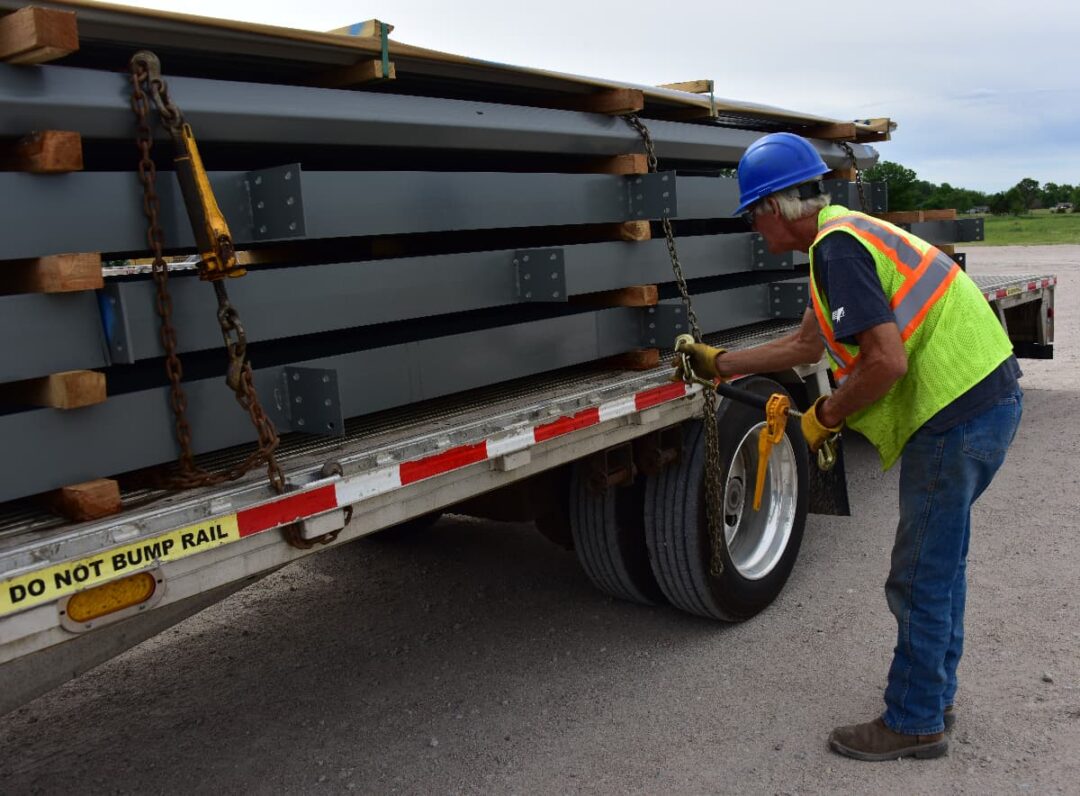
Impact on Shipping Rates
The dynamics of flatbed rates and freight rates for oversized shipments differ from those of standard freight, driven by several factors that contribute to their elevated costs. These include:
- Permit Costs: Securing permits for each state of travel incurs direct costs.
- Escort Costs: The requirement for pilot cars adds a substantial expense to the shipment.
- Specialized Equipment: RGNs, step decks, or stretch trailers are more expensive to purchase and maintain.
- Increased Planning and Coordination: Extensive route planning, adherence to strict regulations, and coordination with various authorities demand significant administrative and logistical effort.
- Reduced Speed and Travel Restrictions: Oversized loads often travel at lower speeds and are subject to time-of-day and day-of-week restrictions, increasing transit times and operational costs.
Comparison of Oversized Flatbed Rates to Standard Flatbed Shipping Rates
For legal open-deck freight, rates typically range from $1.75-$4.25 per mile, but oversized flatbed loads can range from $2.30-$10+ per mile. These higher rates are a direct result of the added complexities and resource demands associated with oversized shipments, as detailed above.
External economic factors, like tariffs on imported manufacturing or construction goods, and seasonal demand during peak construction and agricultural seasons, also influence the volume of oversized loads. As capacity becomes increasingly tight, this drives flatbed rates higher.
RELATED: Freight Volumes vs. Truck Capacity: The Battle of Supply and Demand
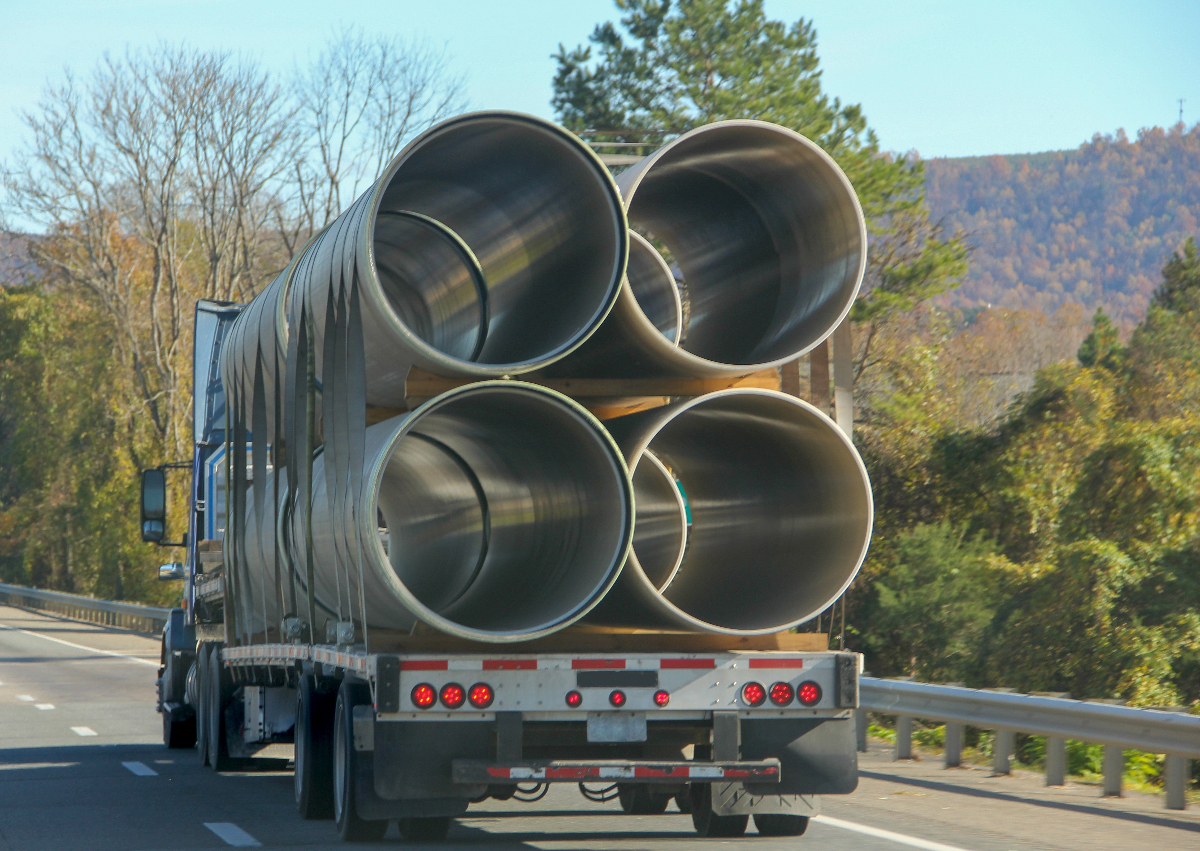
Forecasting the Future: What’s Next for Nebraska’s Oversized Flatbed Sector?
The future of Nebraska’s oversized flatbed sector is likely to be shaped by technological advancements, regulatory changes, and economic shifts.
Technological Advancements in Oversized Transport
Advanced telematics systems now offer real-time tracking for oversized flatbed loads, enhancing efficiency, communication, and proactive problem-solving by providing visibility into location, speed, and potential delays.
Digital platforms are streamlining the cumbersome permit acquisition process by automating applications and offering sophisticated route optimization tools that consider factors like clearance heights, bridge weight limits, and time restrictions, thereby leading to faster permits, more efficient routing, and potentially eased cost burdens.
Regulatory Outlook and Potential Changes
There is an ongoing industry effort to achieve greater harmonization of oversized load regulations across states. While full uniformity may be a distant goal, simpler and more consistent rules would significantly benefit heavy haul operations by reducing administrative burdens and potential delays.
Increased federal and state infrastructure investments, especially in bridge upgrades and road improvements, could create more viable routes for oversized flatbed loads, potentially reducing detours, improving transit times, and positively impacting overall freight rates for heavy haul.
RELATED: The Challenges of Poor Transportation Infrastructure on Truck Drivers
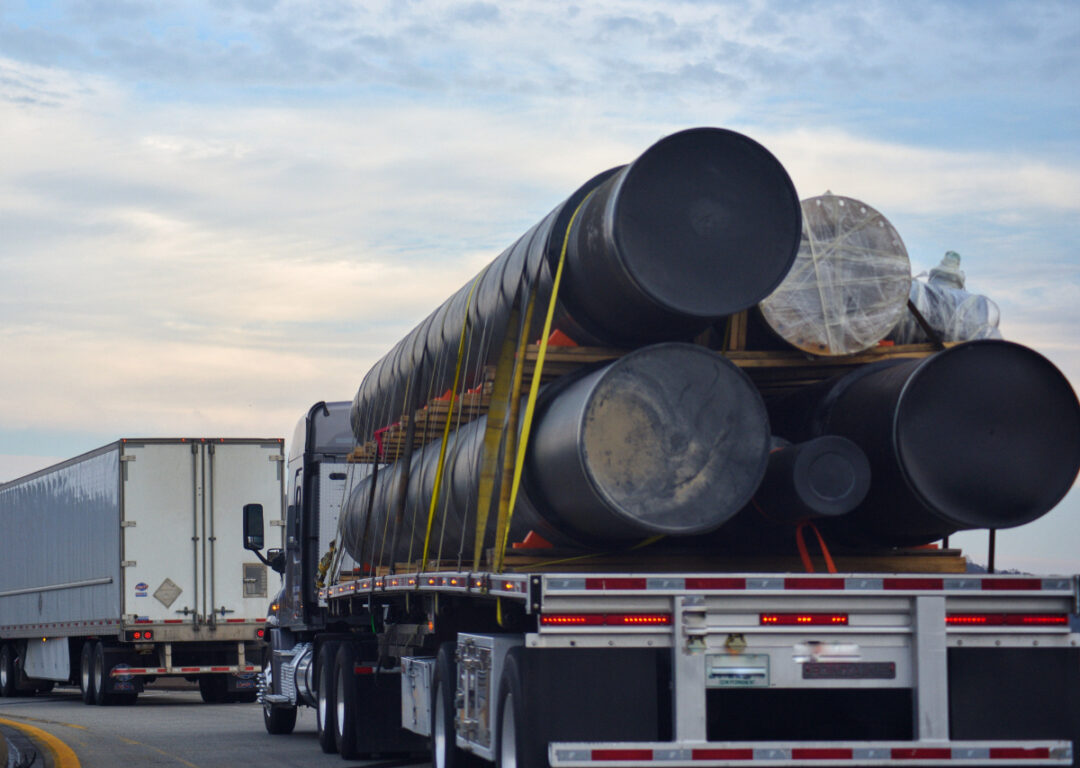
Economic Factors and Their Influence on Oversized Flatbed Loads Demand
Given Nebraska’s strong foundation in agriculture, construction, and energy, continued growth in these sectors will likely sustain and increase demand for oversized flatbed transportation.
The trucking industry forecast for Nebraska and its surrounding regions remains closely tied to key economic drivers, with the specialized nature of oversized cargo providing a more stable, albeit demanding, industry segment despite fluctuations in the general trucking market.
The American Trucking Associations (ATA) projects continued growth in total truck tonnage and trucking industry revenues through 2035, with specialized freight, such as oversized flatbed loads, playing a crucial role.
Strategies for Carriers and Shippers to Adapt
For both carriers and shippers, deep expertise in oversized load permitting and meticulous route planning remains critical for compliance, efficiency, and cost-effectiveness. Shippers requiring transport for oversized cargo should prioritize establishing strong, long-term relationships with reputable, specialized carriers like Chief Carriers to ensure access to reliable capacity, experienced drivers, and crucial logistical support.
RELATED: Flatbed Shipping 101: Answering Frequently Asked Questions
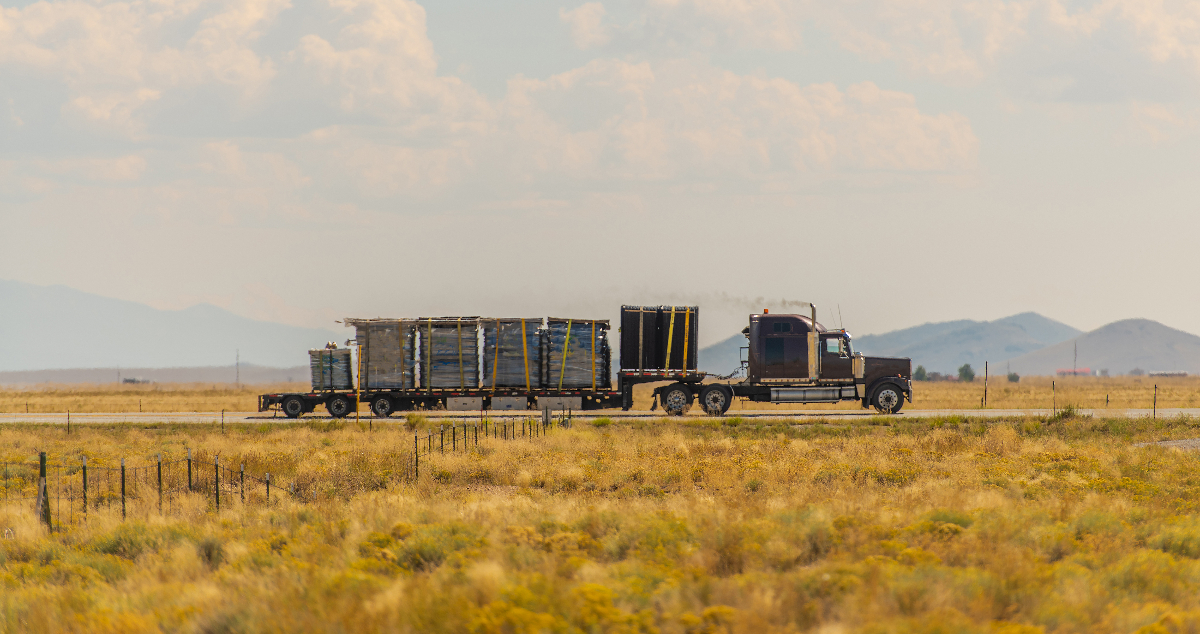
Navigating the Landscape of Nebraska’s Oversized Flatbed Loads
As Nebraska’s agriculture, construction, and energy sectors thrive, the demand for oversized flatbed loads will persist. Navigating this vital segment, crucial for economic development, requires continuous adaptation to technological advancements, regulatory shifts, and meticulous planning and execution.
For shippers with complex, oversized freight, Chief Carriers offers unparalleled experience and a dedicated fleet to ensure safe, compliant, and efficient transport. Contact us today to receive a quote for your oversized shipping needs and discover the difference our trusted expertise can make.
Hear more on the subject of oversized loads from our General Manager, Andrew Winkler, in the Driven Too Far podcast episode, “The Riches in Niches: Unlocking Higher Pay in Oversized Freight.”

